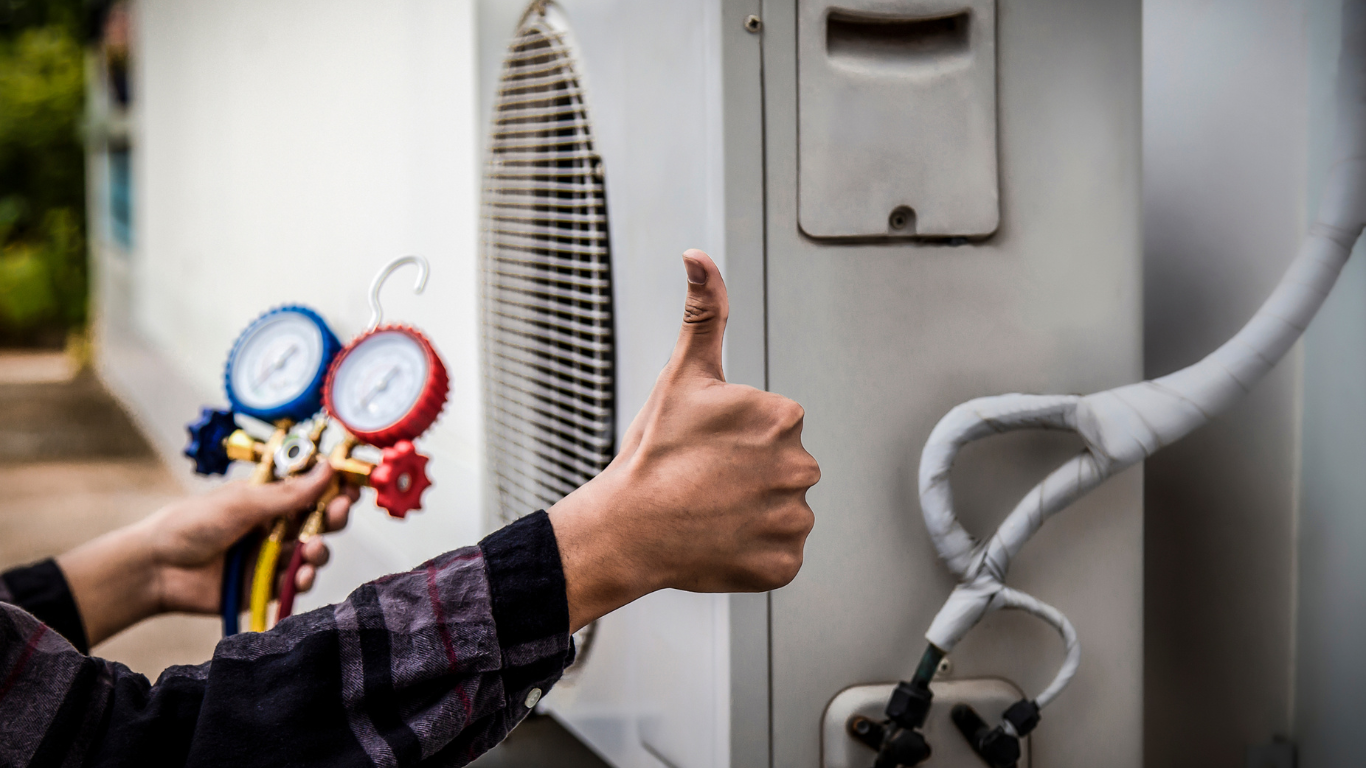
The UAE is renowned for its cutting-edge infrastructure and architectural marvels. Central to maintaining the comfort and functionality of these structures are advanced HVAC (Heating, Ventilation, and Air Conditioning) systems. Innovations in HVAC technology are revolutionizing the Mechanical, Electrical, and Plumbing (MEP) sector, paving the way for more efficient, sustainable, and smart buildings. This article delves into the latest innovations in HVAC systems and their impact on the future of MEP services in the UAE.
1. Energy Efficiency and Sustainability
Variable Refrigerant Flow (VRF) Systems
One of the significant advancements in HVAC technology is the Variable Refrigerant Flow (VRF) system. VRF systems are highly energy-efficient because they adjust the refrigerant flow based on the precise needs of each zone in a building. This reduces energy waste and ensures optimal temperature control, making VRF systems ideal for the UAE’s diverse climate conditions.
Geothermal Heat Pumps
Geothermal heat pumps leverage the earth’s stable underground temperature to provide heating and cooling. This technology is exceptionally energy-efficient and reduces reliance on fossil fuels. In a region like the UAE, where temperatures can be extreme, geothermal heat pumps offer a sustainable solution for maintaining comfortable indoor environments while minimizing environmental impact.
2. Smart HVAC Systems
Internet of Things (IoT) Integration
The integration of IoT in HVAC systems is transforming how buildings are managed. Smart HVAC systems equipped with IoT sensors can monitor and adjust temperature, humidity, and air quality in real-time. These systems provide valuable data that can be used to optimize performance, enhance energy efficiency, and improve indoor comfort. For instance, smart thermostats learn user preferences and adjust settings automatically to maximize comfort and efficiency.
Predictive Maintenance
Predictive maintenance is another innovation driven by IoT. By continuously monitoring system performance and analyzing data, predictive maintenance technologies can identify potential issues before they become significant problems. This proactive approach reduces downtime, extends the lifespan of HVAC systems, and lowers maintenance costs.
3. Air Quality and Health
Advanced Air Filtration Systems
In response to the growing awareness of indoor air quality, advanced air filtration systems are becoming a standard feature in modern HVAC systems. These systems use HEPA (High-Efficiency Particulate Air) filters, UV light sterilization, and electrostatic precipitators to remove contaminants, allergens, and pathogens from the air. Enhanced air quality is particularly important in the UAE, where dust and pollutants can significantly impact indoor environments.
Demand-Controlled Ventilation (DCV)
Demand-Controlled Ventilation (DCV) systems adjust the amount of outdoor air brought into a building based on occupancy and indoor air quality. By regulating ventilation in real-time, DCV systems ensure adequate fresh air supply while reducing energy consumption. This innovation is crucial for maintaining healthy indoor environments in densely populated or variable-occupancy buildings.
4. Renewable Energy Integration
Solar-Powered HVAC Systems
The integration of renewable energy sources, such as solar power, into HVAC systems is gaining momentum. Solar-powered HVAC systems use photovoltaic panels to generate electricity, which powers the heating and cooling systems. This approach not only reduces energy costs but also aligns with the UAE’s vision for a sustainable and renewable energy future.
Hybrid HVAC Systems
Hybrid HVAC systems combine traditional energy sources with renewable energy technologies. For example, a hybrid system might use solar power during the day and switch to grid power or battery storage at night. These systems offer flexibility, reliability, and significant energy savings, making them ideal for the UAE’s variable climate conditions.
5. Building Information Modeling (BIM) and Advanced Controls
Integration with BIM
Building Information Modeling (BIM) is revolutionizing the design and construction of HVAC systems. BIM allows for detailed, 3D modeling of HVAC components, facilitating better planning, coordination, and integration with other building systems. This technology enhances the accuracy and efficiency of HVAC installations and helps identify potential issues early in the design process.
Advanced Control Systems
Advanced control systems enable precise management of HVAC operations. These systems use algorithms and data analytics to optimize performance, adjust settings automatically based on environmental conditions, and ensure efficient energy use. Advanced controls can be integrated with other building management systems, providing a comprehensive approach to facility management.
Conclusion
The future of MEP services in the UAE is being shaped by innovative HVAC technologies that emphasize energy efficiency, sustainability, smart automation, and improved air quality. As the UAE continues to lead in sustainable development and smart city initiatives, these advancements in HVAC systems will play a critical role in creating comfortable, healthy, and energy-efficient built environments. By embracing these innovations, the UAE is setting new standards for the construction industry and paving the way for a more sustainable future.
